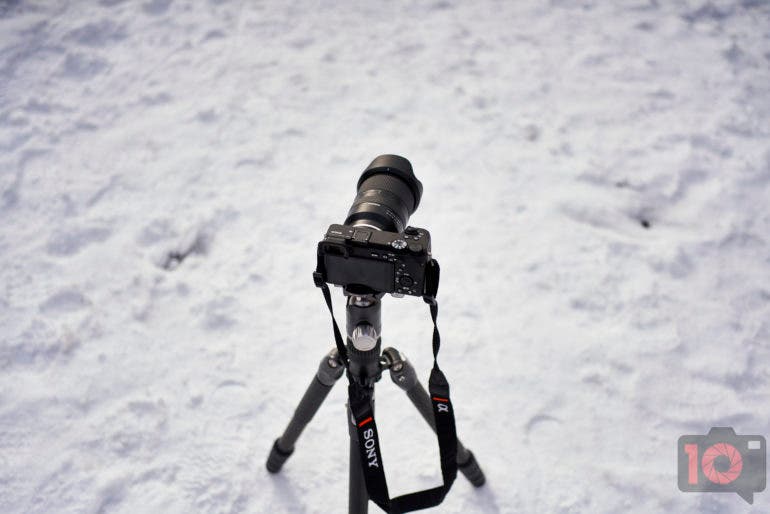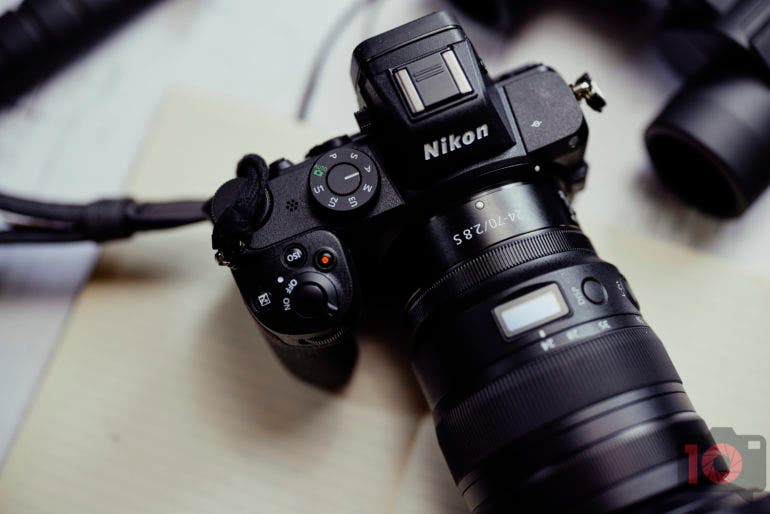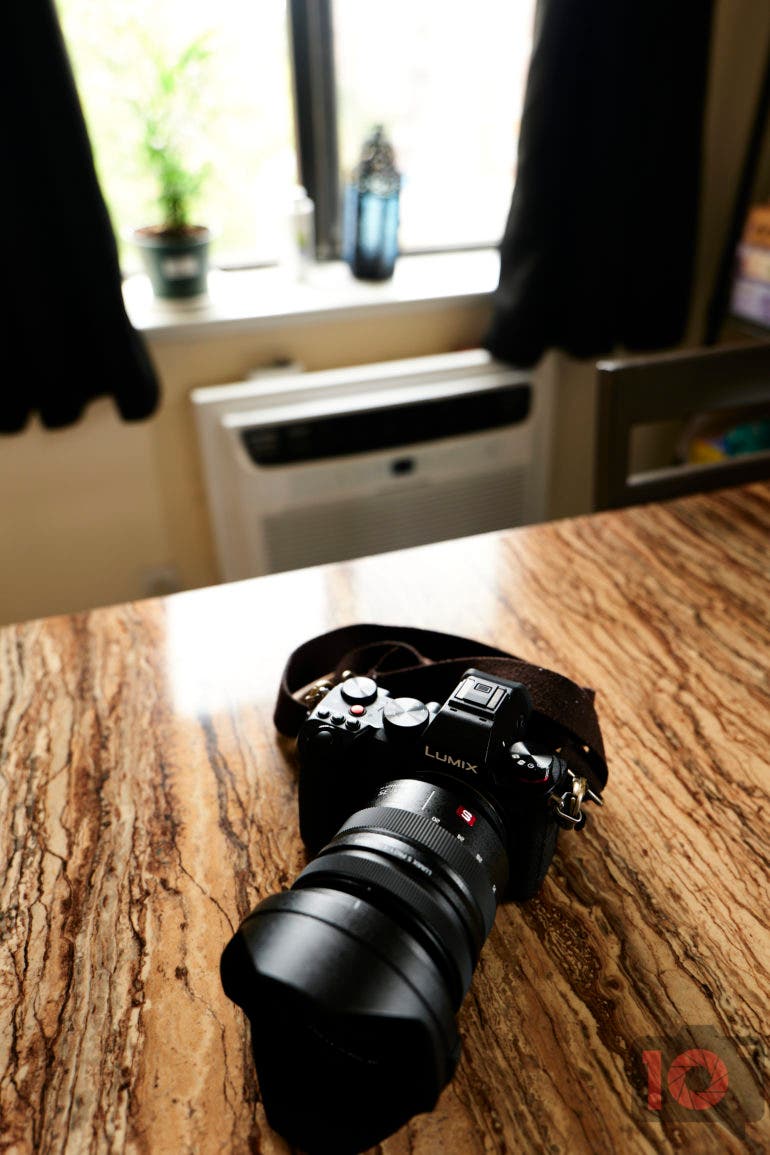The AI Photographer and Understanding the Role of the Creative
What are the implications for our future when art becomes utterly transient and immaterial?
Recently, my wife shared a link with me; it was photography-related, so she thought it might interest me. Sure enough, I clicked—and was gobsmacked. This site certainly had everything to do with photography, but not at all in the way I had expected. The link produced a page that showed nothing but a portrait: a fairly tight headshot with an oddly blurred background, in fact. There was no caption, no text to give a name, or any kind of context. If I refreshed the page, another portrait would be served up almost instantly. Intrigued, I reloaded the page a few times and stared at perfect strangers. It did strike me that there was something odd about these images, but I couldn’t quite put my finger on it. Little did I know it was basically an AI photographer being used to produce the images.
“An unseen painting is pointless.”
The People in These Portraits Do Not Exist
Before I explain what troubled me about all this, please do me a favor and see for yourself.
The reason the good people in these images are perfect strangers, my wife explained, is that they do not exist. They are 100% fictitious—the portraits consist of visual fragments amalgamated by an algorithm from a massive database of images. In other words, the computer has invented these people. Let’s let that sink in for a moment. Still with me?
Great, because there’s more. Right after Valentine’s day 2019, The Verge reported an astonishing breakthrough in artificial intelligence—with a rather chilling caveat. The non-profit research company OpenAI had announced that “We’ve trained an unsupervised language model that can generate coherent paragraphs and perform rudimentary reading comprehension… — all without task-specific training.”
So far, so wonderful—but the key element here is “without task-specific training.”
The statement went on to note that “due to our concerns about malicious applications of the technology, we are not releasing the trained model.” You can find the full text here.
Now, before we go on, it’s worth noting that little more than 10 years ago, Wired magazine reflected in a piece on the tech behind George Orwell’s dystopian masterpiece 1984: “Even now, coherent English cannot easily be generated by even the most powerful computers, except as short pastiches.” It seems to me that things have come along a fair old way since then.
“As an artist, I must ask myself what role a creative person plays in a world where the artistic experience is merely a function of software?”
Can an AI Photographer Replace the Camera?
So, let’s consider what we have here—on the one hand, a piece of software that can create images of non-existent people. On the other, we have code that can write text without being given context or training. What do we get when we combine the two? A device that can invent people, complete with visual identity and backstory. If you think this might be a bit dodgy, you’d be right. The Verge article goes on to point out that “… the ability to manipulate and generate realistic imagery at scale is going to have a huge effect on how modern societies think about evidence and trust.” How’s that for an understatement?
This alarms me on two levels; on the one hand, as a simple, standard-issue human being, I wonder what the implications are if an algorithm’s creators are too afraid to release it because they are worried about what it might do. What happens when the genie is finally let out of the bottle, as it undoubtedly will be, one way or another?

Our Role vs the AI Photographer in the Imaging Making Process
As an artist, I must ask myself what role a creative person plays in a world where the artistic experience is merely a function of software? In other words, what are the implications for our future when art becomes utterly transient and immaterial, like a webpage that gets refreshed endlessly? Today, we can trace the evolution of art over a span of some 40,000 + years by looking at physical evidence, from paintings daubed onto cave walls to paintings shredded at their auction.
In fact, modern scholarship is leaning increasingly towards the idea that language and writing have their roots not in admin, but in art. The very earliest examples of intentionally incised objects are far older than the oldest currently know cave art and seem to indicate that the “maker of marks” (to borrow David Hockney’s phrase) had some intention and meaning in mind if only to say “lay off, that’s mine!”

In a similar vein, the earliest forms of recognizable writing are almost always pictographic, matching concrete meanings to particular symbols. Over time, those glyphs evolved to become more abstract (and thereby more useful) until the original, initial meaning was all but lost, leaving old syllabaries. In this way, cuneiform could remain in use for 3,000 years across different countries, cultures, and languages. Eventually, some bright spark even had the astonishing idea of using this system—mainly used to keep track of how many oxen and vats of beer the king was owed in taxes—to jot down a little story we know as the Epic of Gilgamesh. Talk about a decisive moment.
“To me, this is the stuff of horror that not even Stephen King’s most nightmarish creations could top—and that we staring right in the face at this very moment.”
I think we must ask ourselves what value the future holds without such a palpable past. We are so fortunate that we can study the works of masters, from Vermeer to Diebenkorn, from Fox-Talbot to Avedon, from the Iliad to Fahrenheit 451, from medieval music to Stockhausen, and beyond. This serves to hone our craft: as makers, we all stand on the shoulders of giants. But in an all-digital future that only exists in infinitesimal, substantial moments, that will vanish—and we will be reduced to numb consumers of whatever artifice is dished up for us. Comfortably numb, perhaps—but passive and meaningless consumers of synthetic sludge all the same.
Of course, there is nothing new under the sun. We’re back to George Orwell’s 1984, with its mechanical texts and muzak, composed and issued by machines: “Here were produced rubbishy newspapers containing almost nothing except sport, crime and astrology, sensational five-cent novelettes, films oozing with sex, and sentimental songs which were composed entirely by mechanical means on a special kind of kaleidoscope known as a versificator.” To me, this is the stuff of horror that not even Stephen King’s most nightmarish creations could top—and that we staring right in the face at this very moment.
But—and there is always a but—all is not lost: not only have OpenAI wisely refused to open their ghastly Pandora’s Box. Not only is the quality of those composite portraits sufficiently bad to call their authenticity into question—but there is also still us. Remember us? Hobbyists, pros, lovers of art, some of us further along our journeys than others, some fueled by a devotion to their craft, some content to remain on the sidelines and take it all in—but all of us passionate about art.

We do what we do because we love it, perhaps because we can do no other. It doesn’t matter whether that means going to a concert, making marks on a canvas, or studying the dizzyingly beautiful works that we as humble bags of bones and flesh have produced over millennia. What matters is the reciprocal act of creation and appreciation. An unseen painting is pointless.
And here’s the kicker: It’s up to us down here in our analog meat-space to keep doing just that. Only our hearts and minds can thrill to the sight or sound of a masterpiece. Only our hands can fashion works of beauty that come alive in the minds of their beholders. Now, put down your phone, your tablet, or your laptop, go out there, and create and enjoy—we can’t have one without the other, and code can do neither. So while we still have the upper hand, let’s go out there and do what we love best!